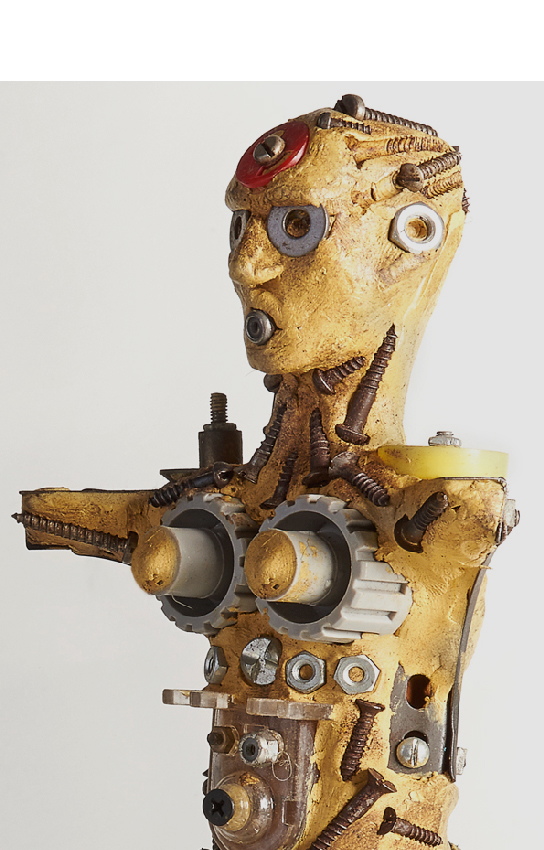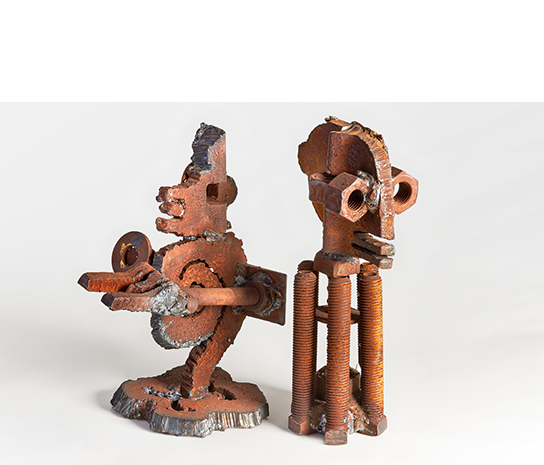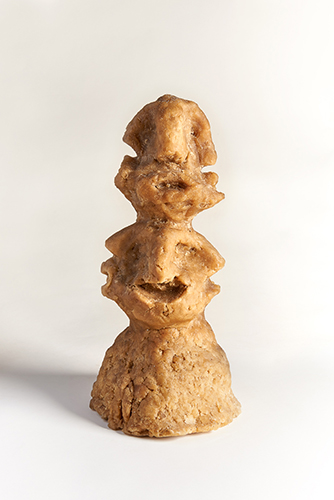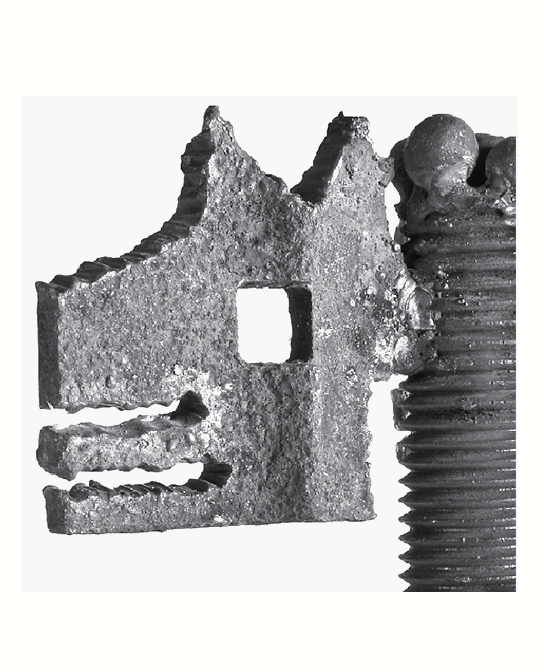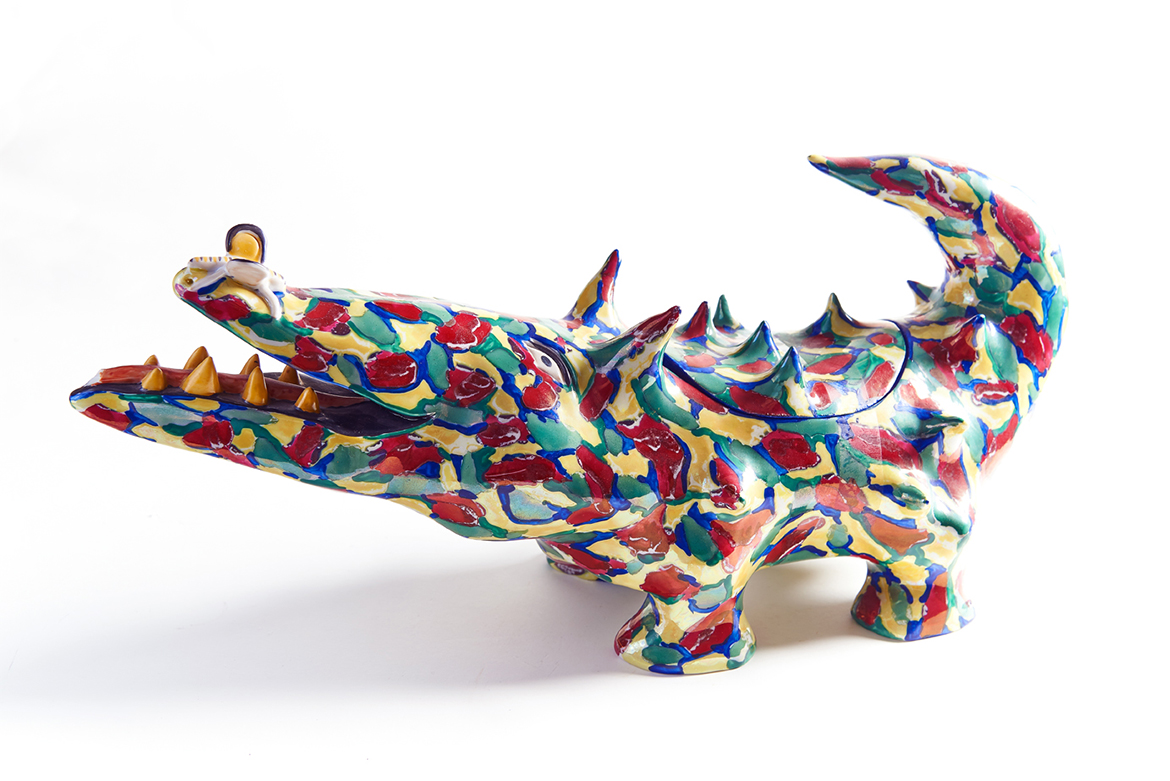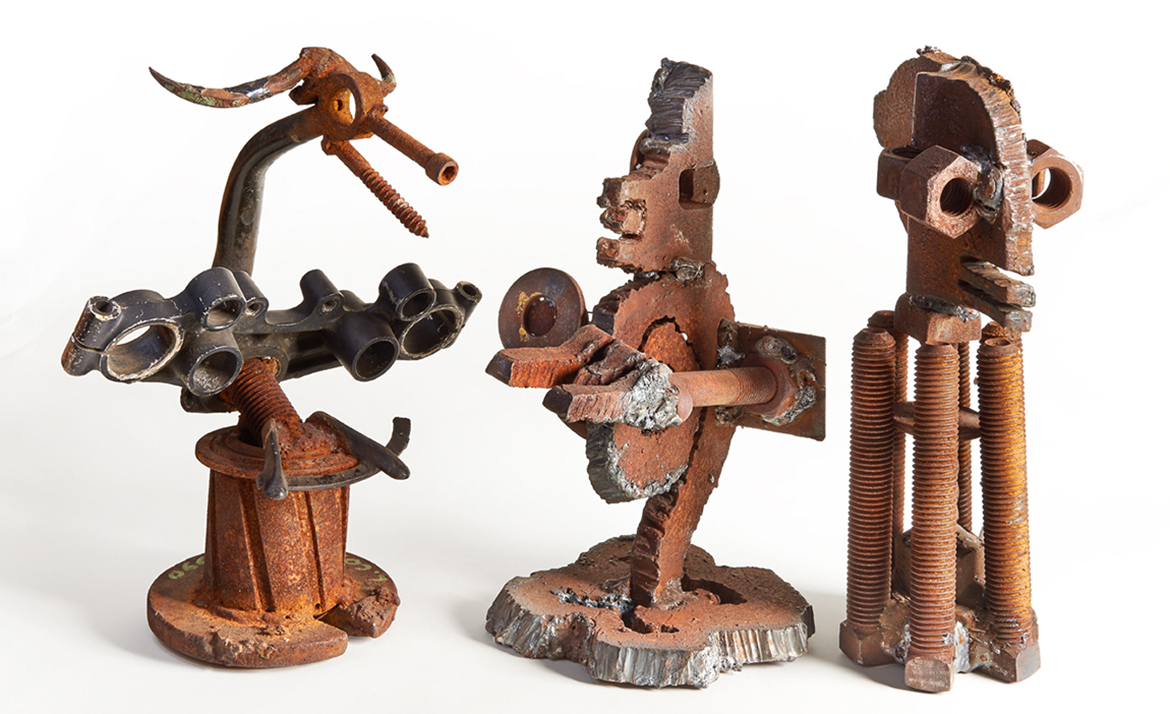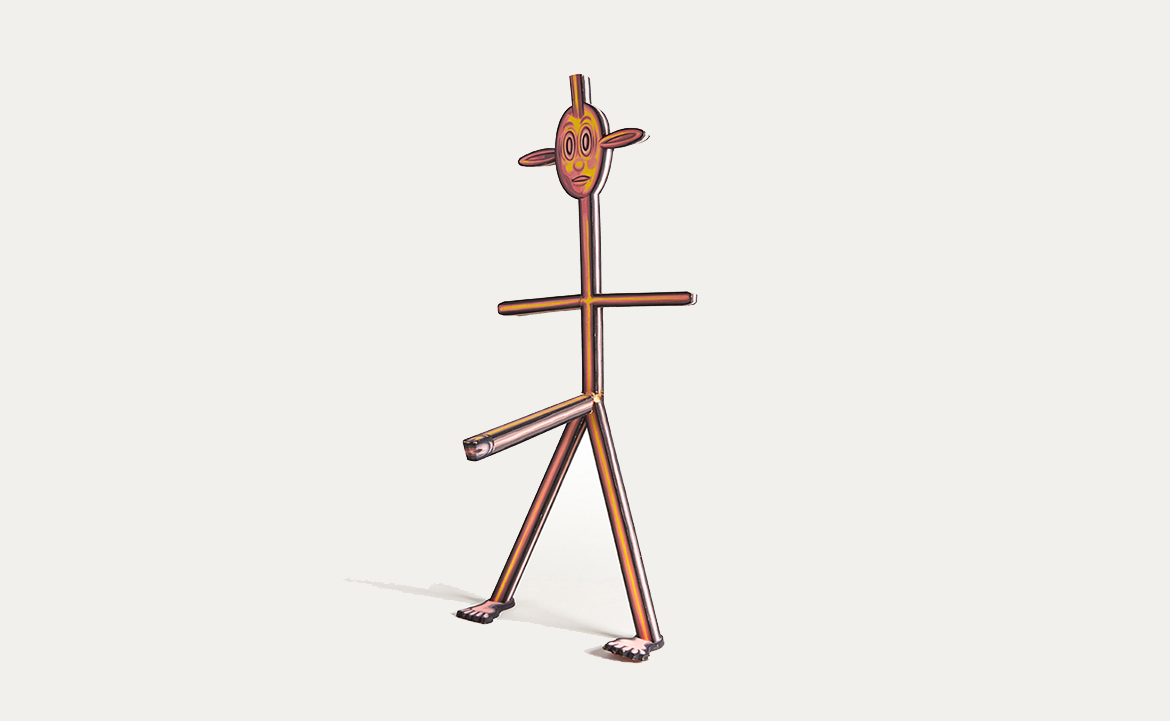Collections
The Urban Fetish 1990
"The fetishisation of objects. The artistic experimentation at the beginning of Centro Studi Alessi"
The origins of a journey can sometimes be encompassed in an encounter, at times by chance… an unpredictable alchemy. In the early 90s, Alessi wanted to open a Study Centre. The genesis of this new place for research and experimentation originated from one such spontaneous encounter, from an unexpected fusion of distant contexts. Here’s what happened.
In 1989 I developed a reflection on the art and culture of sub-Saharan Africa. In particular, the sculptures and everyday objects of the natives interested me. In December of that same year, I went to Washington DC to further my research at the Smithsonian - National Museum of African Art. From there I went on to New York where, in January 1990, I had an important encounter. A journalist friend of mine, Luca Neri, introduced me to a group of East Village artists who, although operating independently, were collectively called “Trash designers”.
Steiner Arnerich, Linus Coraggio, Alex Locadia, and Luca Pizzorno created works with what the streets offered. The use of waste materials and discarded objects gave rise to sculptures that interpreted the reality around them. A very similar process occurred in African and primitive civilisations, where the totem and ritual objects were created with what the surroundings, in this case Nature, had to offer.I immediately understood the similarity between the two contexts. It was a awareness I had developed during college, also thanks to encounters with teachers such as Francesca Alinovi, a prominent activist in operations carried out in the 80s by Black Graffiti.
So, following this parallelism, I undertook an experiment with the Trash designers that led to a series of works: “urban fetishes”. Feitiço is the term by which the Portuguese navigators of the sixteenth century called idols and amulets used by indigenous peoples in Africa: the fetish is an inanimate object which is given a magical or spiritual power.
“The fetishisation of objects from other cultures is a work of contextualisation that changes their meaning [...] it becomes fetish that which represents the singularity, exoticism, the unexpected, objects discovered by chance or coincidence (l’objet trouvé, but also the ready made from another culture).” Franco La Cecla
Each Trash designer was working in his own technique: using scrap metal, assembling waste plaster castings, welding pieces of rusty or molding leather strands.This investigation culminated in an exhibition we held in Milan. It did not lead to any products, it was a pure artistic experimentation. It did, however, usher in a reflection on objects that would become the core of work carried out by the Centro Studi Alessi: objects as a medium of relationship, “animated”, bearers of cultural and emotional value.The journey that had begun with the Trash designers continued in the following months in Paris — with Doury Pascal and Jean-Louis Floch — and Milan — with Lorenzo Mattotti and Louise Gibbs.
Alessi’s “Fetish object” became a symbol, a guideline. It defined an approach that continued in subsequent metaprojects, charting out the territory that Alessi would explore in its own research on relational, affective and playful objects.
L’origine di un percorso a volte è racchiusa in un incontro, anche casuale… un’imprevedibile alchimia. All’inizio degli anni ’90 Alessi desiderava aprire un Centro Studi. La nascita di questo nuovo luogo di ricerca e sperimentazione ebbe origine da uno di questi incontri spontanei, da un’inaspettata fusione tra contesti lontani. Ecco cosa accadde.
Nel 1989 sviluppai una riflessione sull’arte e la cultura dell’Africa sub sahariana, m’interessavano in particolare le sculture e gli oggetti d’uso indigeni. Nel dicembre di quell’anno andai a Washington DC per approfondire la mia ricerca allo Smithsonian - National Museum of Africa Art e da lì proseguii per New York dove, nel gennaio del 1990, feci un incontro importante. Un amico giornalista, Luca Neri, mi presentò un gruppo di artisti dell’East Village che, sebbene operassero autonomamente, venivano collettivamente chiamati “Trash designers”.
Steiner Arnerich, Linus Coraggio, Alex Lokadia, e Luca Pizzorno, creavano opere con ciò che la strada offriva, usando materiali di scarto e oggetti in disuso davano vita a sculture che interpretavano la realtà che li circondava. Un processo molto simile avveniva nelle civiltà africane e primitive, dove i totem e gli oggetti rituali erano creati con quanto l’ambiente circostante, in quel caso naturale, metteva a disposizione.
Colsi subito la similitudine tra i due contesti, era una sensibilità che avevo sviluppato durante l’università, anche grazie all’incontro con docenti come Francesca Alinovi, artefice negli anni ’80 dell’operazione dei Black Graffiti.
Così, seguendo quel parallelismo, intrapresi con i Trash designers una sperimentazione che portò a una serie di opere, di “feticci urbani”. Feitiço è il termine con il quale i navigatori portoghesi del XVI secolo chiamavano gli idoli e gli amuleti usati dai popoli indigeni africani: il feticcio è un oggetto inanimato al quale è attribuito un potere magico o spirituale.
“La feticizzazione degli oggetti di altre culture è un’opera di decontestualizzazione che ne muta il significato […] diventa feticcio ciò che rappresenta la singolarità, l’esoticità, l’inatteso, il rinvenuto per caso o per coincidenza (l’objet trouvé, ma anche il ready made proveniente da un’altra cultura).” Franco La Cecla
I Trash designers lavorarono ognuno con la propria tecnica: utilizzando scarti in metallo, assemblando rifiuti in colate di gesso, saldando pezzi di ferro arrugginiti o modellando fili di cuoio.
La ricerca si concluse con una mostra che realizzammo a Milano. L’operazione non portò a dei prodotti, fu una pura sperimentazione artistica, ma inaugurò quella riflessione sull’oggetto che sarebbe diventata il cuore del lavoro sviluppato dal Centro Studi Alessi: oggetti come medium di relazione, “animati”, portatori di un valore culturale ed emotivo.
Il percorso intrapreso con i Trash designers proseguì nei mesi successivi a Parigi – con Pascal Doury e Jean-Louis Floch – e a Milano – con Lorenzo Mattotti e Louise Gibbs.
“L’oggetto feticcio” Alessi divenne un simbolo, una linea guida. Definì un approccio che continuò nei metaprogetti successivi, segnando quel territorio proprio della ricerca di Alessi sull’oggetto relazionale, affettivo e ludico.





